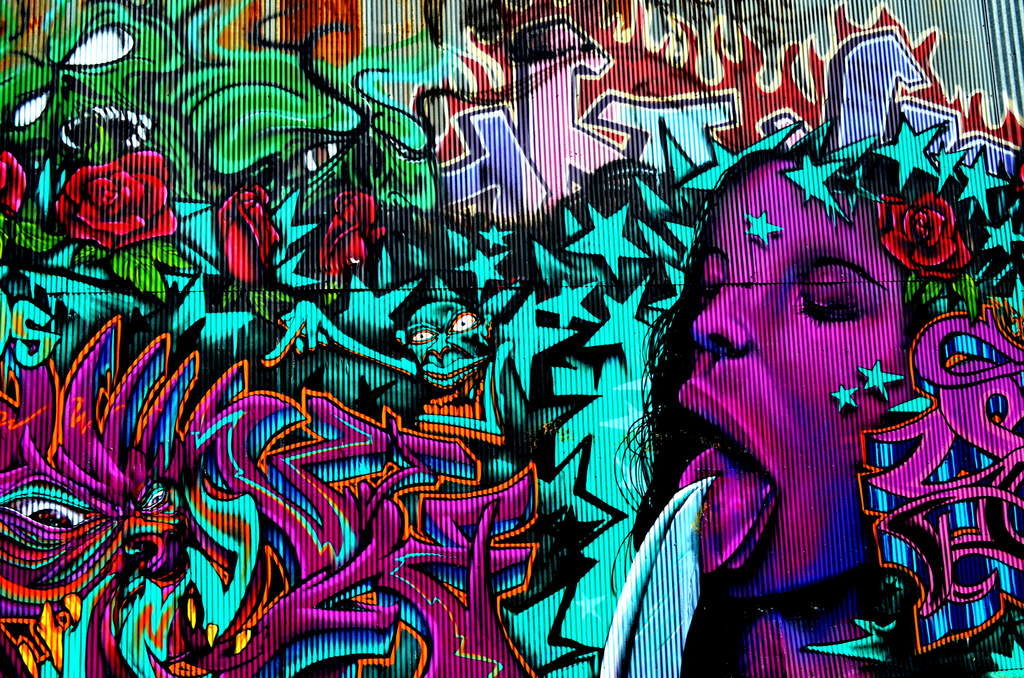The Jewell wall has been a long time favorite spot for local street artists. This steel canvas sits on a North facing wall hidden on Broadway and Jewell. The wall boasted new artists every week, complex layered tags, and unbelievable portraits for years. Now it’s been sold, and the colors are fading fast.

This property had been a permission wall for nearly 7 years. Permission walls are not vandalism, but in fact a way to avoid unsanctioned graffiti. Every time I visited the Jewell wall, there would be a new tag. Art that has been deemed illegal in location will always be brilliant in concept.
Artists would contact the former property owners who approved of the paintings, and encouraged elevated works. For the first time, Denver youth were able to experience permission street art. They used the space like a canvas. The clatter of paint cans and laughter echoed off of steel as kids put their unique stamp on the wall. It has become tradition for the local artists of Denver.Yet street art itself is not meant to last. The once colorful and vibrantly painted wall is now half gray.
The new property owners, with help from the Denver Graffiti Prevention and Removal, have painted over the lower half of the Jewell wall. No trespassing signs warn artists that it is now private property.
If you could peel only the top gray coat off, it would reveal a masterpiece of street art. One that has been added on to and tagged by Denver-ites for nearly a decade.
To some, this is a huge loss. To others, the removal of a permission wall will help reduce illegal graffiti. The Denver Public Works department stated that they removed 2,150,950 square feet of graffiti in Denver in 2012. Permission walls have not proven to reduce unwanted graffiti in other parts of the city. While I believe in the transformative power of street-art, others see it as vandalism whether sanctioned or not.


The argument for permission walls is that those who have access to them learn the value of hard work, participation, and have a deeper connection to art in their communities. It broke my heart to see all the layered tags and paintings that have accumulated over the years now erased, leaving in their place a half-finished gray overcoat.
Murals take people away from the monotony of industrial spaces. They cannot last, and that is what is so beautiful about the Jewell wall. It points to the fleeting nature of any art, in any place. The streets and city will do with the art what they please. I cherish my photographs of the wall in its original, decked-out glory. Because it will never look the same way again. As it is painted over with gray, the artist is only temporarily stopped.
The Jewell wall is lost, but Denver is creating new sanctioned walls for artists as it follows in the footsteps of cities across the world. Street art culture perseveres. The paint never fully is gone, only buried. It is a sedimentary fossil of graffiti that is packed with history.








